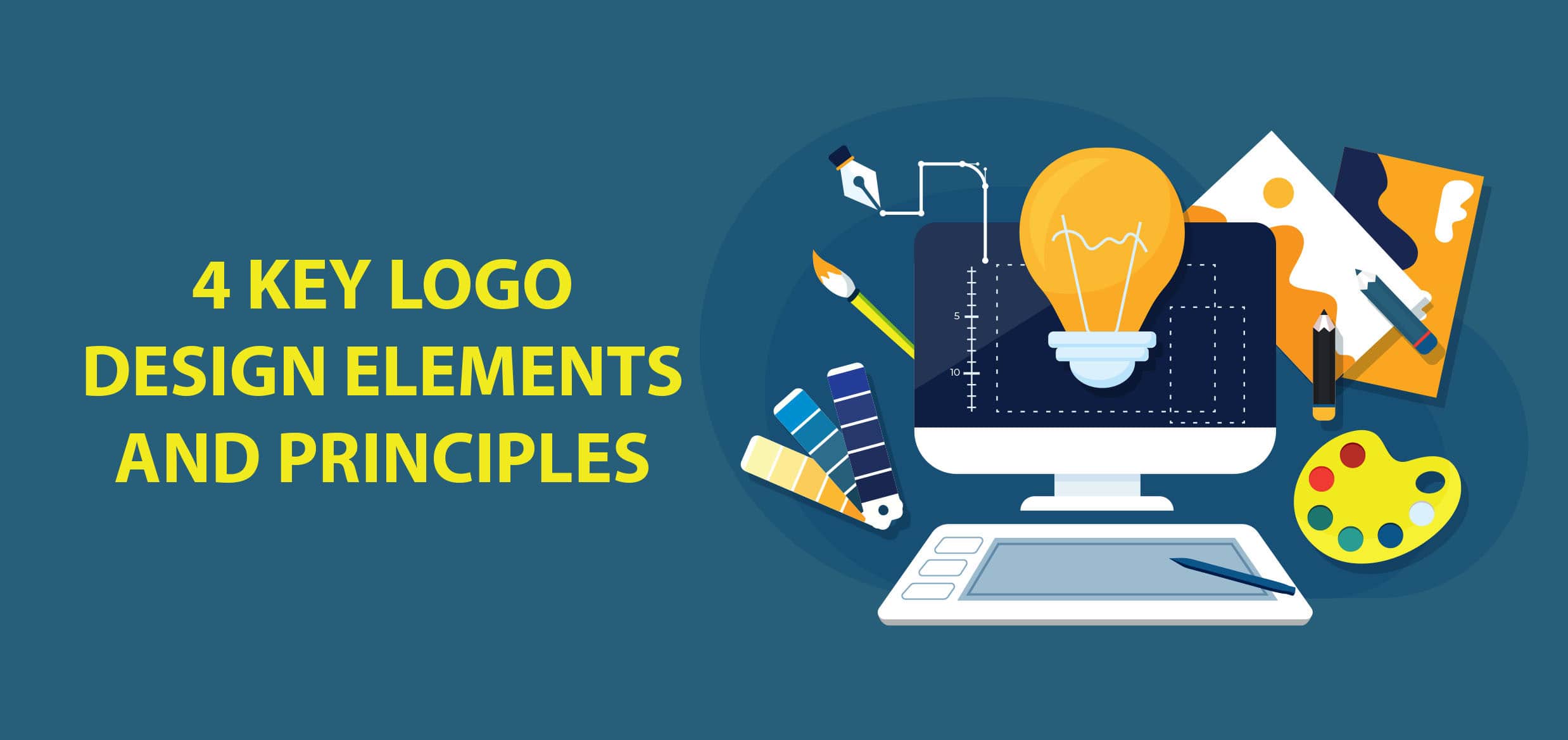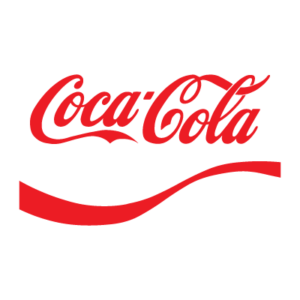
4 Key Logo Design Elements and Principles
Posted on June 8, 2023
A well-designed logo serves as the visual embodiment of a brand, representing its values, personality, and unique identity. In today’s competitive business landscape where first impressions matter more than ever, understanding logo design best practices is essential for creating a memorable and effective brand image. As renowned graphic designer Paul Rand once said, “Design is the silent ambassador of your brand.” In this article, we will explore the importance of logo design in branding, provide expert tips, and delve into the fundamental elements and principles that make logos successful.
Why Should You Learn How to Design a Logo?
A logo acts as the face of a brand, serving as a powerful communication tool. It not only helps customers identify and recognize a brand but also evokes emotions and perceptions associated with the company. Learning logo design brings several benefits:
- Building Brand Recognition
An intelligently crafted logo has the power to create an indelible mark in the minds of consumers, leading to instant brand recognition. When a logo is designed effectively, it becomes a visual symbol that is associated with a specific company or product. Consider iconic logos such as Nike’s swoosh or Apple’s bitten apple. These logos have become so deeply ingrained in popular culture that they are instantly recognizable and synonymous with their respective brands. The Nike swoosh, for instance, represents athleticism, movement, and empowerment, while the Apple logo conveys innovation, simplicity, and elegance. These logos have successfully captured the essence of their brands, allowing consumers to effortlessly identify and connect with the companies behind them.Apple’s Logo - Conveying Brand Values
A well-designed logo serves as a visual representation of a brand’s core values and personality traits. It goes beyond mere aesthetics and becomes a powerful tool for communicating the brand’s positioning, its target audience, and the essence it wishes to portray. Each element of a logo, from its colors to its typography and overall design, contributes to the message it conveys. Take the vibrant and playful Google logo as an example. With its multicolored letters, the logo reflects the company’s innovative and approachable nature. It represents Google’s commitment to providing accessible and user-friendly products and services. A logo that effectively encapsulates a brand’s values helps create a connection with consumers who share similar beliefs and aspirations, fostering loyalty and trust.Google’s Logo - Establishing Professionalism:
A thoughtfully designed logo serves as a visual stamp of approval that conveys the credibility, authenticity, and professionalism today’s consumers crave. When they come across a professional-looking logo, it evokes a sense of trustworthiness and expertise, showing that the brand takes its image seriously and is committed to delivering high-quality products or services. A professionally produced logo design sets a brand apart from its competitors, instilling confidence in customers and encouraging them to choose one company over another. Whether it’s a sleek and sophisticated logo for a luxury brand or a clean and minimalist logo for a technology company, the professionalism conveyed by a logo can leave a lasting impression and positively impact a brand’s reputation.
1. Shape and Form.
The shape and form of a logo play a crucial role in determining how audiences perceive it. Different shapes evoke specific emotions and convey distinct messages. Geometric shapes such as squares, circles, and triangles are often associated with stability, order, and precision. They convey a sense of reliability and professionalism. On the other hand, organic shapes like curves, waves, and irregular forms evoke a sense of nature, fluidity, and creativity. These shapes can be used to create a more dynamic and approachable logo. For example, the FedEx logo cleverly incorporates a hidden arrow within its letterforms, utilizing negative space (which we’ll discuss below) and representing movement, progress, and efficiency. The arrow serves as a visual metaphor for the company’s fast and reliable delivery services, adding depth and meaning to the logo’s shape and form.
Another aspect of shape and form is the use of clever symbolism within the logo design. The FedEx logo is a prime example of this. At first glance, it appears to be a simple text-based logo with the company name. However, if you look closely, you’ll notice that there is a hidden arrow formed by the negative space between the “E” and the “x.” This subtle design element represents movement, speed, and efficiency, aligning with FedEx’s core values and the logistics industry it operates in.

2. Negative Space.
Effective use of negative space is a powerful technique in logo design. Negative space refers to the empty or background space within or surrounding a logo. Skillful utilization of negative space can create secondary images or hidden meanings, adding depth, creativity, and visual interest to the logo. The FedEx logo mentioned earlier is a remarkable example. In addition to the hidden arrow, the logo uses negative space to create a sense of balance and elegance. The space between the “E” and the “x” creates a harmonious visual composition, reinforcing the concept of efficiency and precision in the company’s services.
3. Balance and Proportion.
Achieving balance and proportion is crucial in logo design to ensure that no single element overwhelms or dominates the overall composition. A well-balanced logo creates a visually pleasing harmony and allows viewers to absorb the design effortlessly. To achieve balance, designers consider the weight and size of various elements within the logo. For instance, if a logo consists of a bold icon or symbol, it should be balanced with appropriately sized typography or other design elements. Similarly, if a logo incorporates multiple elements, designers must ensure they are distributed evenly to create a harmonious visual flow. Balancing elements within a logo not only enhances its aesthetic appeal but also ensures that the key elements are easily distinguishable and memorable.
4. Contrast and Hierarchy.
Contrast is a fundamental principle of logo design that helps establish a visual hierarchy within it. Contrast refers to the variation in size, color, texture, or shape between different elements of the logo. By creating contrast, designers draw attention to essential elements and guide the viewer’s eye through the logo in a deliberate manner. For example, a logo might use contrasting colors to highlight the name of the company or a related symbol, making those two elements stand out against the background. Using variations in size or shape can create a similar effect. Proper contrast and hierarchy help viewers quickly identify and comprehend the main message of the logo, making it memorable and impactful.
More Logo Design Tips:

- Keep It Simple: Simplicity is key when it comes to logo design. A clean and uncluttered logo tends to be more memorable and versatile. It should be easily recognizable at different sizes and across various mediums. The Nike logo is an excellent example of a simple yet instantly recognizable design.
- Focus on Scalability: A well-designed logo should remain legible and visually appealing, whether it’s displayed on a billboard or a mobile phone. Consider scalability during the design process to ensure your logo maintains its impact across various applications and screen sizes.
- Choose Appropriate Typography: The right logo design uses a font that aligns with your brand’s personality and values. Serif fonts, characterized by small decorative lines or strokes at the ends of characters, typically convey a sense of tradition, elegance, and authority. Times New Roman and Garamond are two of the best-known serif fonts. On the other hand, sans-serif fonts, which lack those decorative lines, are often associated with modernity, simplicity, and clarity. An iconic example of a sans serif font used in logos is the Google logo, which utilizes the clean and playful Product Sans typeface. Whether you choose serif or sans serif fonts, ensure the typography complements the overall design and enhances readability to create a cohesive and impactful logo.
- Color Psychology: Colors evoke specific emotions and can convey messages on a subconscious level. For example, blue is often associated with trust and reliability, while red tends to symbolize passion and energy. Those meanings are part of color theory, so keep them in mind when you develop your logo. The colors you choose should resonate with your brand identity and your target audience.
-
Coca-Cola’s Logo Make It Timeless: When creating your logo, steer clear of short-lived design trends, which are based on popular styles, techniques, or aesthetics that gain traction for a brief period before becoming outdated. Relying solely on those trends can cause a logo to quickly lose its relevance and become associated with a particular era rather than an enduring brand.
T -
Because they make use of timeless design principles, classic logos like Coca-Cola and IBM remain iconic and instantly recognizable regardless of changing design trends.
Final Thoughts:
Logo design is a meticulous craft that combines artistic creativity with strategic thinking. By implementing best practices and considering the fundamental elements and principles of logo design, you can create a memorable and impactful brand identity. Remember, a well-designed logo goes beyond aesthetics; it conveys the essence of your brand and establishes a lasting connection with your audience. As you embark on your logo design journey, let these guidelines be your compass to navigate the realm of effective brand representation and visual storytelling.



